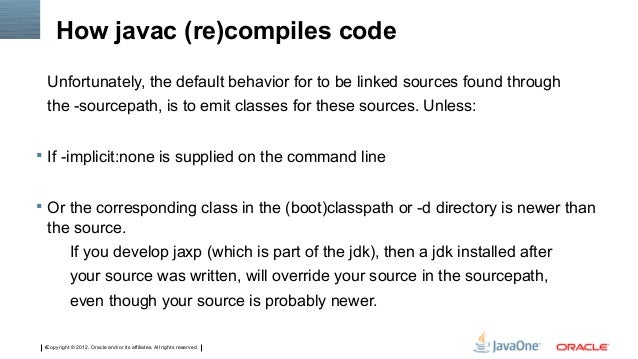

Latest versions of JLex and CUP (as of this writing, these were 1.2.4Īnd 0.10j, respectively). In the skeleton file, you will find JAR files compiled from the Text editor, and make sure that all the indented lines have tabs and The Makefile is refusing to work correctly, edit the file with a good Probably), some lines in the Makefile must begin with a TAB character,

For hysterical reasons (to beīug-for-bug compatible with AT&T Unix from the early 70's, Such as GNU Emacs or VIM (or Notepad) to find out what they are.Ī note on editing Makefiles. That are documented in the Makefile itself, open it in a text editor, Note that there are several caveats to this procedure Will abort, and inform you of any errors that you should fix. If any of these steps fail, the build process On the file Iota\Parser.cup, and then try to compile the Java file This will run JLex on the file Iota\Lexer and CUP Properly, you can use the Makefile to compile your project by executing: (By default these are c:\cygnus\cygwin-b20\H-i586-cygwin32\bin g:\jdk1.2.2\bin in CSUGLab) Using the MakefileĪfter you are sure the environment variables are configured To do this on the NT machines in CSUGLab, right click on the MyĪdd the directories containing the Cygnus GNU tools and the 1.2.2 JDK to your PATH variable. Iota which, in turn, contains your java files.īefore you can use the skeleton Makefile, you must set up a few environment Your java files (since they should be in the package Iota),īut rather it is a directory that contains a folder called Note: the top-level directory is not the directory that contains
Makefile for java project how to#
JLex, CUP, and Makefiles JLex, CUP, and Makefiles (or how to compile things from the command line) Getting the skeleton filesĮxtract the archive into the top-level directory of your project.


 0 kommentar(er)
0 kommentar(er)
